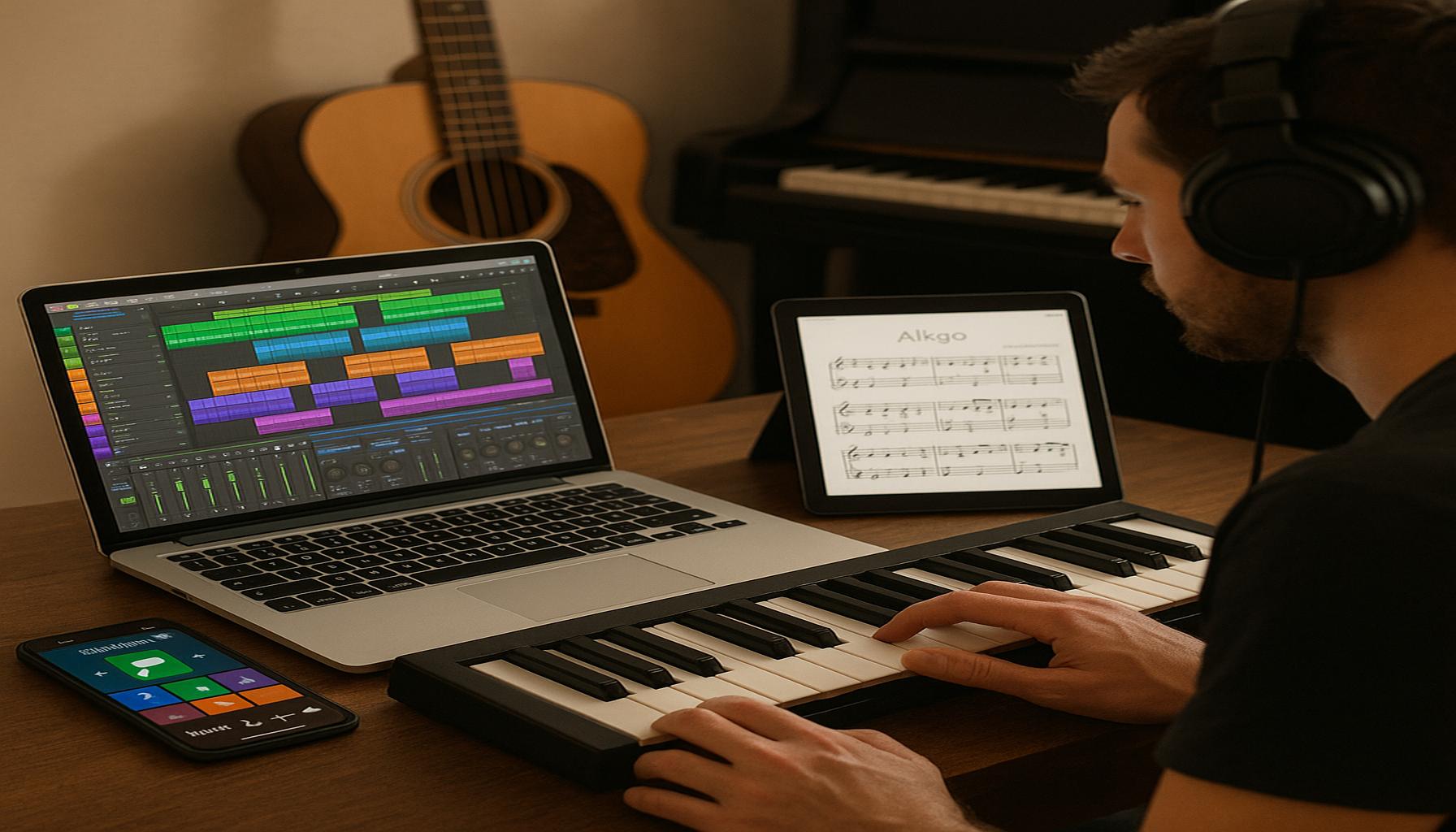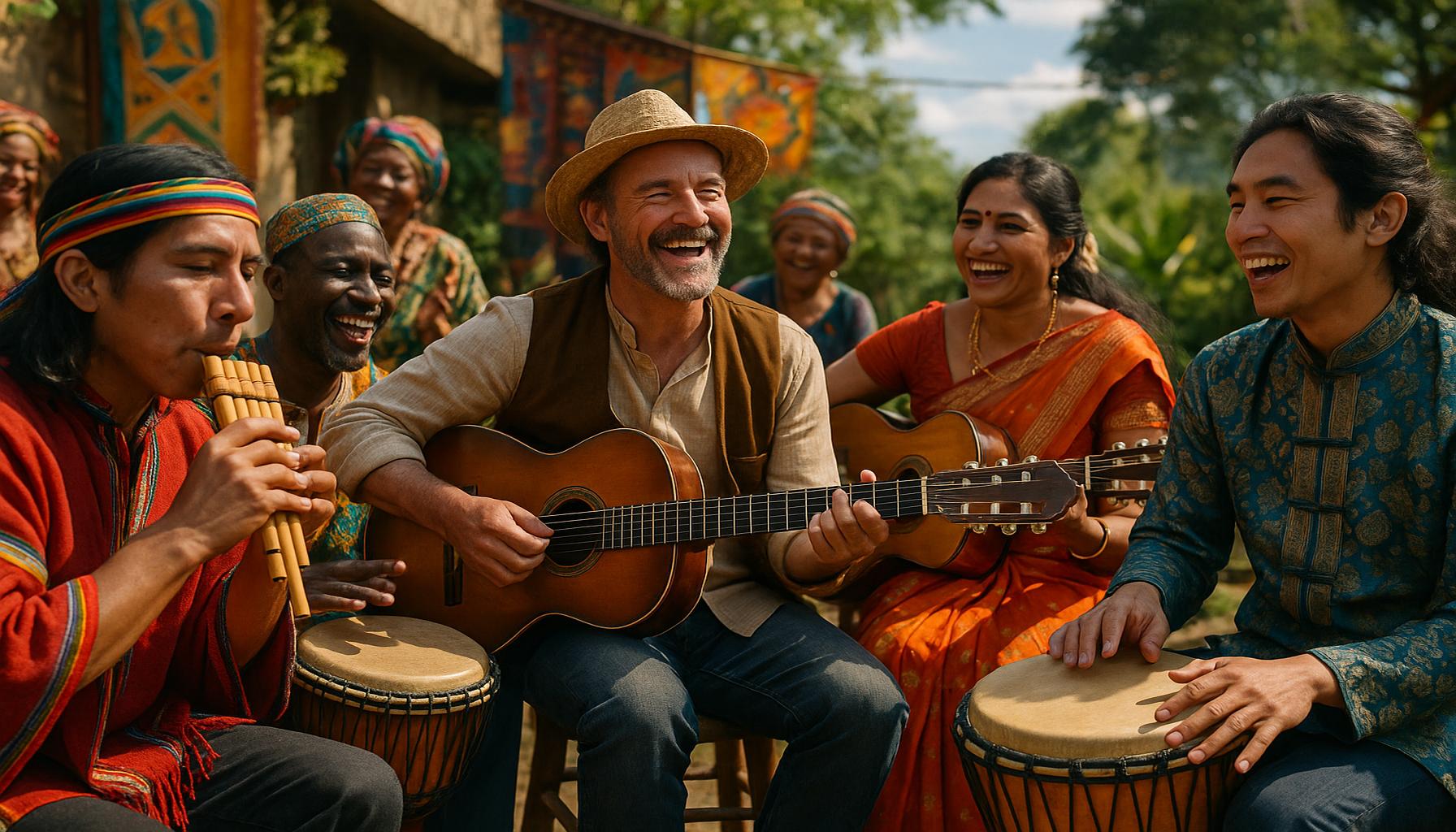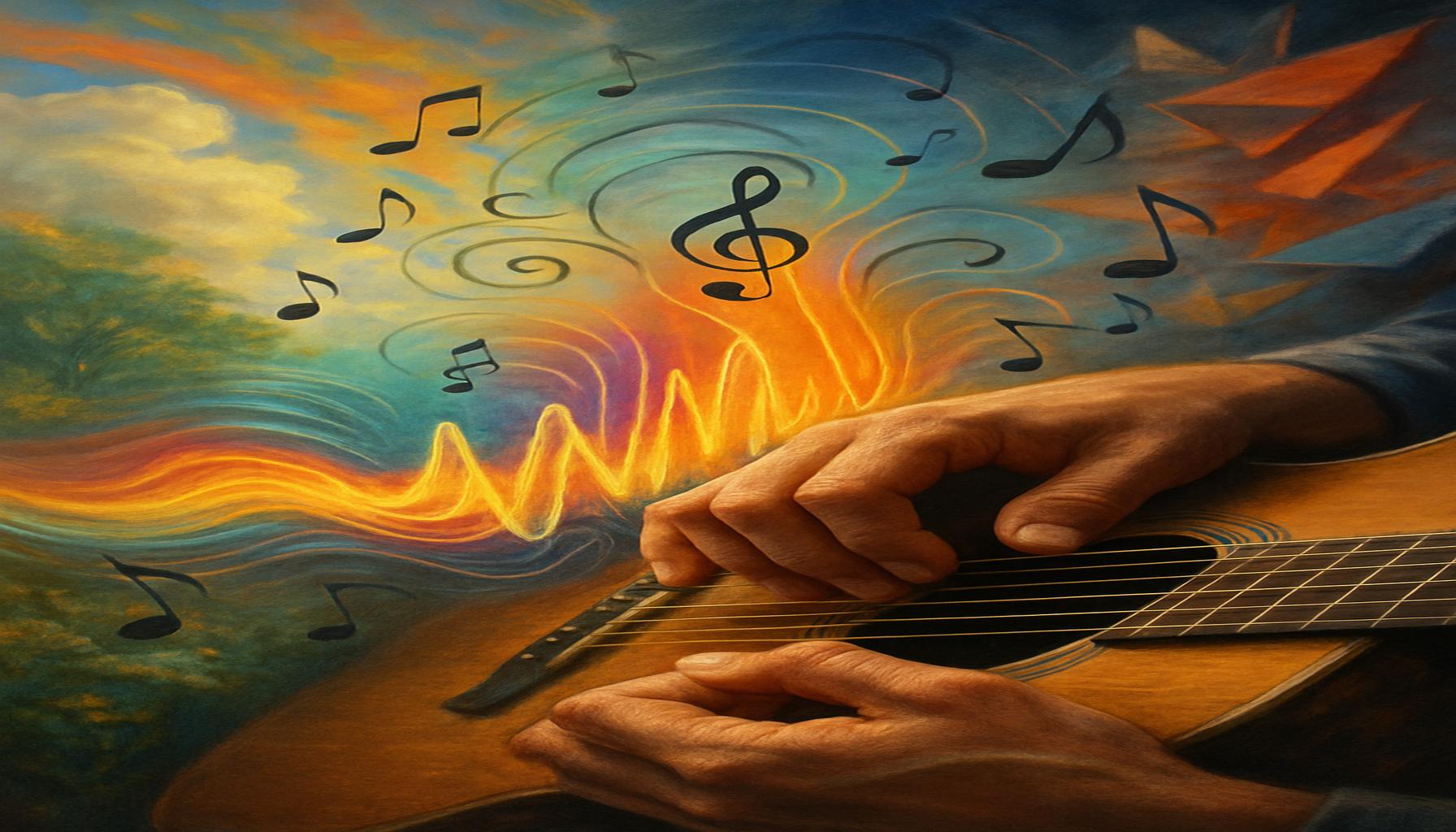The Evolution of Musical Instruments and Their Impact on Creativity
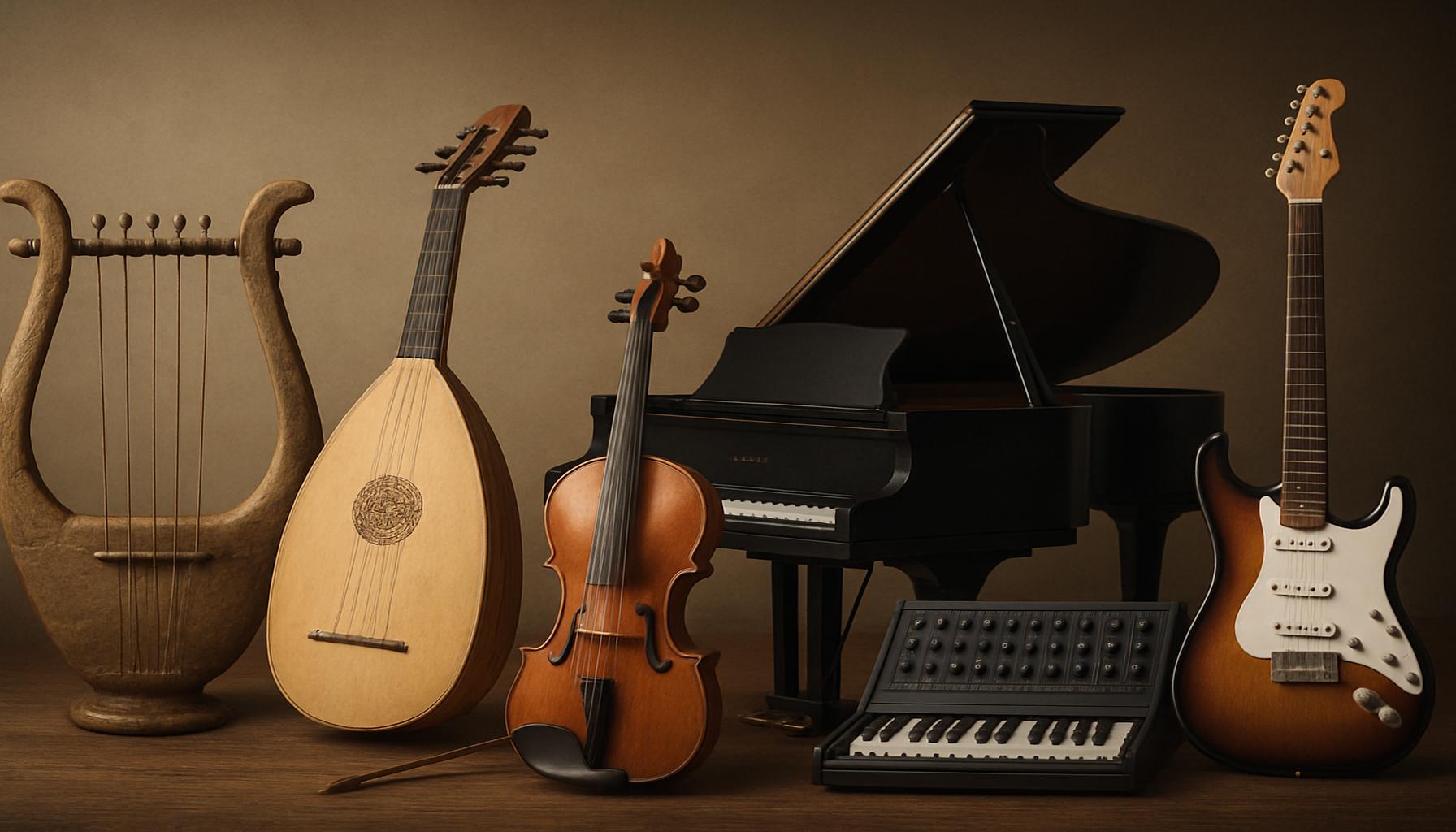
Exploring the Evolution of Musical Instruments
Musical instruments have long been more than mere tools for creating sound; they are a powerful medium through which artists express emotions, convey stories, and instigate social change. Historically, musical instruments have transformed alongside human civilization, adapting to advances in technology and to the unique cultural contexts of different eras. By examining the journey of these instruments, we can better appreciate their role in cultivating creativity and inspiring artistic endeavors across multiple domains.
Ancient Origins
The roots of musical instruments trace back thousands of years to ancient civilizations, where the first tools of music were remarkably simple yet effective. Instruments like drums, crafted from animal skins, marked the earliest expressions of rhythm, while flutes made from bone or bamboo provided a conduit for melodic sound. As societies progressed, more sophisticated instruments emerged, such as the lyre of ancient Mesopotamia and the lute in medieval Europe. These developments not only enhanced musical complexity but also played pivotal roles in cultural rituals and celebrations, serving as a reflection of the societies that created them.
Renaissance Innovations
During the Renaissance, a remarkable period of rebirth in art and culture, string instruments underwent significant transformations. The introduction of the violin, with its capability to produce a wide range of tones, allowed composers to explore intricate harmonies and vivid emotional expressions. This era also saw the development of wind instruments like the recorder and the trumpet, broadening the musical palette available to both composers and performers. The interconnectedness of visual art, literature, and music during this time illustrates how these innovations fueled overall creativity within artistic communities.
Modern Advancements
The 20th century brought forth a technological revolution that forever changed the landscape of sound production with the advent of electronic instruments. Synthesizers, exemplified by the Moog, opened up vast possibilities for creating and manipulating sound, giving rise to new musical genres like electronic dance music and synth-pop. The accessibility of affordable electronic equipment enabled musicians from varied backgrounds to experiment with sound, leading to vibrant communities of innovation that transcended traditional musical boundaries.
Impact on Creativity and Cultural Expression
The evolution of musical instruments has profoundly impacted artists and their creative outputs in numerous ways:
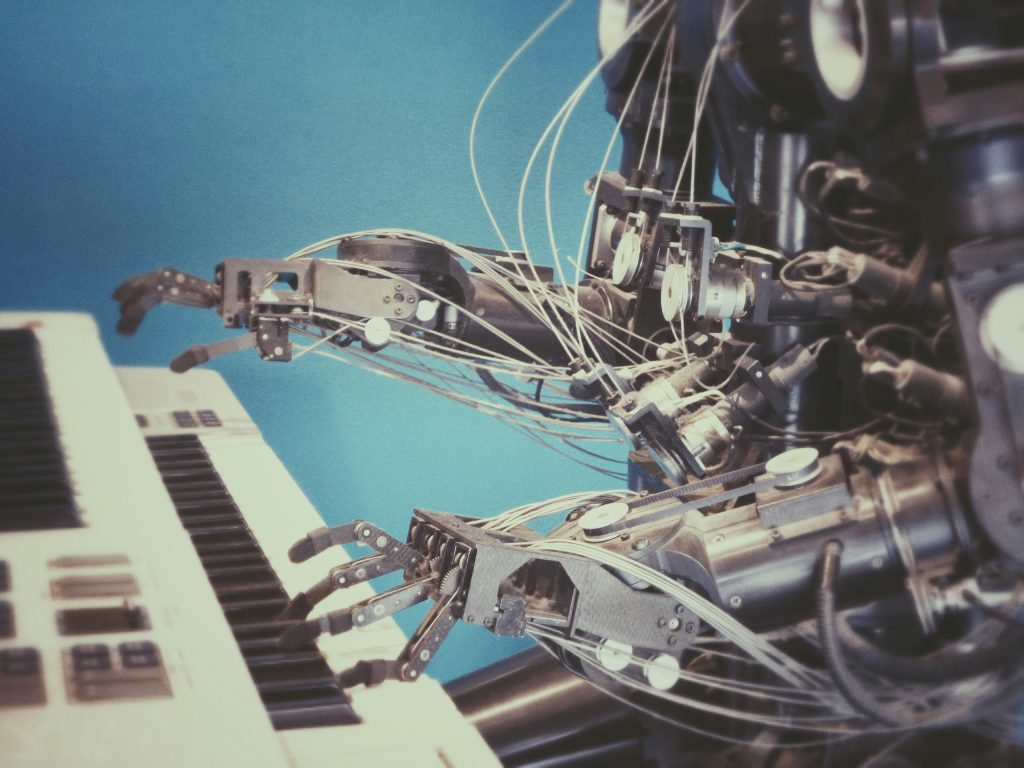
- Expanded creative horizons: As musicians gain access to new sounds and play styles, their artistic expression flourishes, enabling the development of unexpected genres and approaches. For example, the incorporation of hip-hop beats into traditional folk music has led to the birth of unique narratives and rhythmic structures that resonate with diverse audiences.
- Cross-genre collaborations: The fusion of diverse musical styles has become increasingly common, encouraging artists to collaborate across genres. A notable example is the collaboration between traditional bluegrass musicians and contemporary genres like rock or jazz, showcasing how merging styles can create fresh, innovative sounds.
- Accessibility: With advancements in manufacturing techniques and digital technology, musical instruments have become more widely available. Programs like ‘Guitars Not Guns’ aim to provide instruments to underserved youth, empowering them to find their musical voice and express their creativity through music.
As we delve deeper into the roots and transformations of musical instruments, we uncover their direct influence on creativity across artistic forms. From ancient drums that echoed through early communities to the innovative synthesizers shaping contemporary soundscapes, these tools invite musicians to explore new realms of artistic expression. Join us in this exploration and discover how musical instruments continue to shape cultural landscapes and inspire new waves of creativity in today’s world.
DIVE DEEPER: Click here to discover eco-friendly crafting tips
The Journey Through Time: Innovations in Musical Instruments
As we navigate through the fascinating timeline of musical instruments, it is important to highlight how technological innovations have consistently driven changes in design, functionality, and even the very sounds produced. The evolution of these tools is not merely a matter of acoustic efficiency or aesthetic appeal; rather, it intertwines intricately with cultural movements, social changes, and artistic expressions that have influenced generations. Understanding this relationship allows us to appreciate the profound impact instruments have had on creativity and artistic exploration throughout history.
The Baroque Revolution
The Baroque period, spanning from the late 16th to the early 18th centuries, heralded a wave of new instruments that significantly reshaped Western music. The invention of the piano, for instance, transitioned musical compositions from the rigid structure of harpsichords to a more expressive range of dynamics. This versatility empowered composers like Bach and Handel to explore complex emotional landscapes in their works. Additionally, the establishment of the modern orchestral framework saw instruments like the cello and the clarinet gain prominence, expanding the palette of sounds available to musicians.
The Industrial Era and Mass Production
With the dawn of the Industrial Revolution in the 19th century, the landscape of musical instrument production changed dramatically. Innovations in manufacturing allowed for the mass production of instruments, making them more affordable and accessible to the general public. This democratization of music-making was pivotal in fostering creativity among aspiring musicians who previously could not afford specialized instruments. The saxophone, invented by Adolphe Sax in the 1840s, is an exemplary product of this era, blending the tonal qualities of brass and woodwinds, thus paving the way for new genres such as jazz and blues.
Digital Paradigms: The Late 20th Century and Beyond
The late 20th century witnessed a phenomenal shift with the introduction of digital technology in music production. Instruments like the digital piano and samplers revolutionized how musicians compose, record, and perform. The advent of music software allowed artists to layer sounds and manipulate recordings with unprecedented precision. This opened up new avenues for creativity, allowing musicians to break conventional rules and explore genres that blend styles and cultures. Hip-hop artists, for example, have harnessed sampling techniques to create intricate soundscapes, effectively merging diverse musical influences into cohesive works.
- Expansion of Community: The rise of the internet has fostered global collaboration, enabling musicians from different backgrounds to connect and share ideas. Online platforms have served as virtual jam sessions, allowing artists to pitch their creativity against a backdrop of diverse global influences.
- Innovative Live Performances: Emerging technologies have redefined live music experiences. Instruments equipped with MIDI technology enable real-time manipulation of sound, giving artists the ability to improvise and create unique performances that engage audiences on a deeper level.
- Interdisciplinary Exploration: The fusion of music with visual arts, theater, and technology has given rise to multi-sensory experiences. For instance, live concerts are often accompanied by sophisticated visual displays, enhancing the emotional resonance of musical performances.
The transformation of musical instruments reflects more than just a shift in sound; it embodies the ongoing quest for creativity that defines human existence. As instruments evolve, they continue to inspire new artistic expressions, transcending cultural and temporal boundaries. The next phase of our exploration will uncover the far-reaching consequences of these technological advancements as we delve into the intricate connections between music, culture, and individual creativity.
The Evolution of Musical Instruments and Their Impact on Creativity
The journey of musical instruments from ancient times to the modern era reveals a fascinating interplay between technology and creativity. Each innovation has fostered new ways to express emotions, tell stories, and share cultures. From the simplicity of early percussive devices to the sophistication of digital synthesizers, these instruments have not only mirrored the advancements of their time but have also catalyzed unique artistic movements.
Consider the enduring legacy of the piano, invented in the early 18th century, which has served as a cornerstone for composers and songwriters. The chord progression possibilities afforded by the piano have opened doors to countless genres, influencing musical styles ranging from classical to jazz and pop. Its adaptability to various musical languages exemplifies how an instrument can shape the very soundscapes of creativity.
With the rise of electronic instruments in the late 20th century, the landscape of music creation underwent a seismic shift. Synthesizers allowed artists to explore sounds and textures previously unattainable, breaking the boundaries of traditional instrumentation. This era not only diversified music genres but also democratized music-making by enabling a wider range of individuals to experiment and create.
| Category 1 | Category 2 |
|---|---|
| Innovation of Sound | Creation of entirely new genres, like EDM and hip-hop. |
| Accessibility | Affordable instruments and software enable more people to make music. |
The impact of musical instruments also extends beyond the mere act of creating music. They serve as instruments of cultural identity and expression. The use of traditional instruments in contemporary contexts, such as the revival of folk music, emphasizes the importance of heritage and authenticity in artistic endeavors. This blend of old and new highlights how instruments evolve to remain relevant, enriching the creative landscape.
In conclusion, the evolution of musical instruments is not just about technology; it is a reflection of humanity’s enduring quest for expression. As each instrument emerges or transforms, it carries the potential to reshape our creative experiences, inviting us to engage with music in increasingly profound ways.
DISCOVER MORE: Click here to learn about music therapy
The Symphony of Change: The Role of Music Technology
The rapid pace of technological advancement in the 21st century has not only transformed how instruments are made but also how they are played and experienced. The integration of technology into music has led to a revolution in creativity that aligns with current cultural trends, pushing the boundaries of artistic expression in unexpected ways. From electronic instruments to the omnipresence of software in music production, the landscape of sound creation has been profoundly altered, thereby impacting artists’ approaches to creativity.
The Rise of Electronic Instruments
As digital synthesis technology developed, instruments such as synthesizers and drum machines emerged, offering musicians a new world of sound design. The synthesizer, which became widely popular in the late 20th century, allowed artists to manipulate waveforms and create unique sounds that had never existed before. Pioneers like Kraftwerk and Jean-Michel Jarre utilized these instruments to reshape the music of their time and lay the groundwork for genres like electronic dance music (EDM). The versatility and potential of synthesizers continue to inspire today’s artists, fostering a culture of experimentation and innovation.
Accessibility Through Mobile Technology
Smartphones and tablets have democratized music creation in ways previously thought unattainable. Music production apps, such as GarageBand and FL Studio Mobile, encourage users to explore their musical inclinations without needing expensive equipment. With a simple device, anyone can compose tracks, record vocals, and experiment with sound manipulation. This accessibility resonates strongly with the younger generation, spurring a significant uptick in music creation among amateurs and hobbyists, many of whom have gone on to achieve professional success, thus emanating a fresh wave of creativity.
- Interactive Music Experiences: The intersection of technology and music has led to interactive platforms where audiences can engage with the music-making process. Virtual reality concerts and interactive music apps allow fans to immerse themselves in the performance, transforming passive listeners into active participants in the creative journey.
- Artificial Intelligence as Collaborator: The emergence of AI in music creation represents another layer of complexity in the evolution of instruments. AI-driven tools, such as Amper Music and AIVA (Artificial Intelligence Virtual Artist), assist musicians in composing by analyzing massive amounts of data, suggesting chord progressions, or generating entire pieces of music. This blending of human ingenuity with machine learning expands the horizon of creativity, enabling artists to explore avenues previously unconsidered.
- Global Influence and Cross-Cultural Collaboration: Technology has also facilitated cross-cultural collaboration on an unparalleled scale. Musicians can connect, share, and create music with individuals from across the globe, leading to innovative fusions of genres and styles. Contemporary artists like Billie Eilish and Bad Bunny draw inspiration from diverse musical backgrounds, reflecting the increasingly interconnected nature of modern creativity.
The evolution of musical instruments, particularly through the lens of technology, continuously reshapes the creative landscape, allowing musicians to explore uncharted territories. The tools available to artists today foster an environment rich in potential, encouraging them to push boundaries and redefine what is possible within the realm of sound. As we proceed further into the future, the quest for creativity through musical innovation remains more relevant than ever, reflecting the dynamic relationship between art and technology.
DIVE DEEPER: Click here to discover more</a
Conclusion: A Harmonious Future for Creativity
The journey of musical instruments from traditional forms to the dynamic, technology-infused tools of today illustrates a profound evolution that has significantly impacted creativity. As we have explored throughout this article, the advent of electronic instruments, coupled with the accessibility of mobile technology, has democratized music creation, enabling a wave of new talent to emerge. This transformation not only encourages experimentation but also fosters unique sounds that resonate with diverse audiences across cultural boundaries.
The incorporation of artificial intelligence in music composition propels artists further into uncharted creative territories, illustrating the extraordinary potential of collaboration between human ingenuity and machine learning. The possibilities are endless, as emerging artists can harness global influences and collaborate seamlessly across continents, giving rise to genre-blending and innovative music that reflects the interconnected nature of our world.
As we look forward, it is clear that the evolution of musical instruments will continue to shape artistic expression in ways we have yet to imagine. The relationship between art and technology remains a living, breathing entity, constantly evolving and adapting to the needs and desires of future generations. For musicians and enthusiasts alike, this intertwining will serve as a catalyst for creativity, pushing the envelope of what is sonically possible and enriching our collective artistic experience. As such, the narrative of musical evolution is far from complete; rather, it is just beginning, beckoning us to explore new frontiers in sound and creativity.
